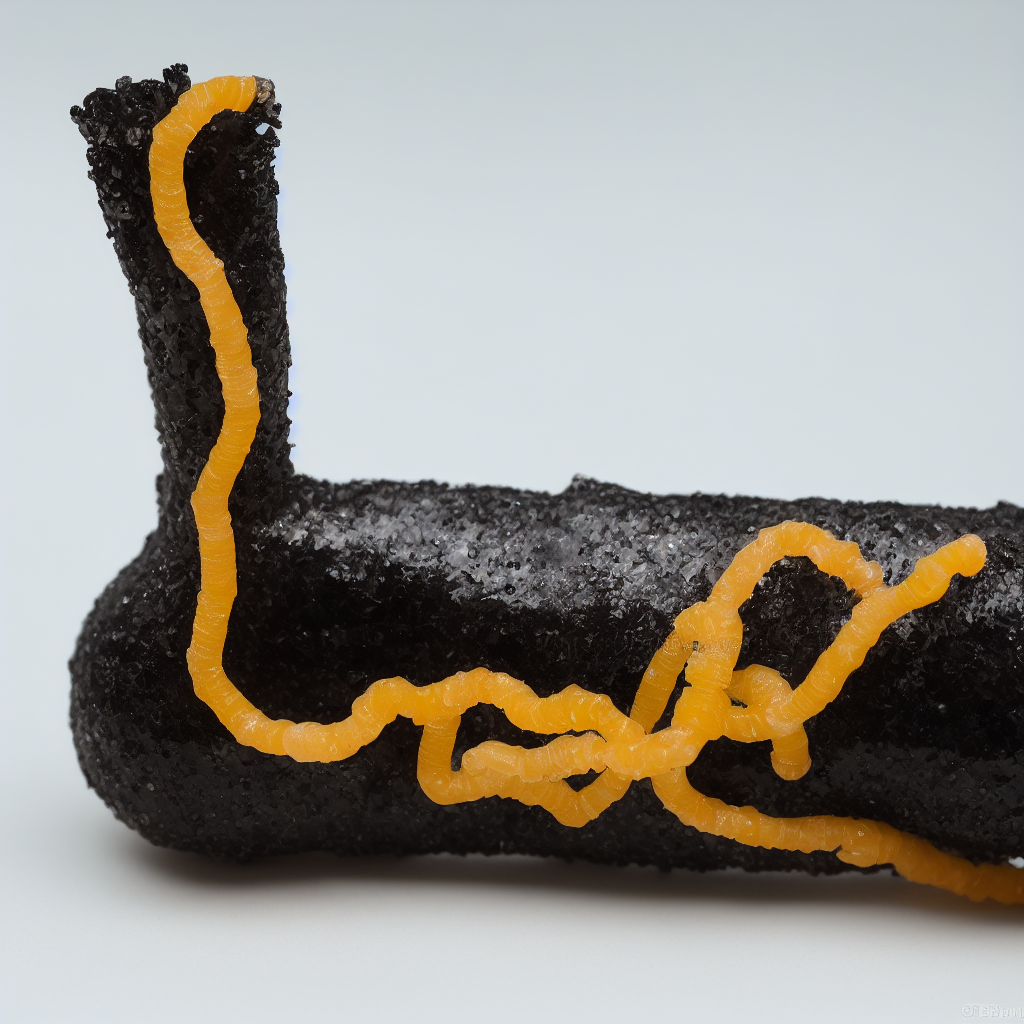Eprouver l’IA / Experimenting AI

Devant l’apparente accélération des capacités de l’imagination artificielle, le sens commun en appelle à une plus grande maîtrise par l’être humain de la technique avant d’en soumettre les potentialités. Croire que l’on va pouvoir simplement dicter à l’espace latent ce que l’on souhaite produire, c’est ramener celui-ci à être instrumental et soumis à la volonté humaine, c’est aussi réduire l’infinitude de cet espace à nos dimensions cognitives et réduire d’autant ses dimensions. Cette volonté de maîtrise consiste à réduire un espace à l’image d’une volonté (la manière dont nous nous représentons notre propre volonté) et ainsi c’est espérer une traduction d’une boîte (crânienne) en une autre boîte (l’unité centrale).
Mais si cette conception limite l’espace latent au pensable et au désirable, elle ne concerne pas seulement le monde technique, car celui-ci n’est pas un monde séparé d’autres mondes. Elle affecte le monde en tant que tel dont la technique n’est qu’une expression parmi d’autres. L’humanisme qui souhaite dominer la technique a un lien étroit avec la volonté de puissance qui peut tout aussi bien s’appliquer au monde dit « naturel » considéré comme une ressource dont on peut disposer à partir du moment où on l’a considéré et calculé selon certaines normes (calcul, énergie, monnaie).
Il y a là un rapport contre-intuitif entre l’exploitation de la Terre et l’instrumentalisation de la technique dont les ressorts sont identiques même si les champs d’application en semblent différents. Mais ils ne sont différents justement qu’à partir du moment où l’on suppose une séparation entre le monde naturel et le monde technique, séparation qui précisément rend possible l’exploitation de l’un selon le paradigme instrumental de l’autre : n’est-ce pas parce que nous considérons la technique comme devant se soumettre à notre volonté que nous considérons aussi tout ce qui est comme exploitable, c’est-à-dire utilisable ? N’est-ce pas parce que nous visons la finalité que nous occultons la forme et la matière ?
Il s’agit dès lors de considérer la technique selon sa naturalité et la nature selon sa technicité afin de destituer la distinction entre ces deux termes parce que celle-ci entraîne des effets qui sont contradictoires avec ses prémisses, effets d’une exploitation instrumentalisée dont la généralité recouvre la réalité en son entièreté.
La technique (la nature, ce terme bien sûr étant hautement problématique) n’est pas un décor, un moyen, un environnement dont nous disposons afin de matérialiser notre volonté. Et c’est bien à celle-ci qu’il faut s’attaquer et au mythe de la réflexivité : la volonté capable de se saisir elle-même et de s’instituer comme principe de réalité, comme puissance. C’est cette conception instrumentale qui referme le possible et c’est pourquoi le discours de l’innovation, qui est le symptôme de l’instrumentalité, est extrêmement pauvre et morne. La technique n’est pas le moyen de nos activités.
Si nous revenons aux pratiques artistiques liées à l’imagination artificielle (ImA), le fait de vouloir dicter (ou écrire comme dans le cas d’un prompt) une image, est une volonté de soumettre l’espace latent, qui est un commun culturel dépersonnalisé, à notre puissance et, par voie de conséquence, elle a comme résultat d’oublier le possible de l’espace latent lui-même, ses spécificités.
Cette volonté de puissance ne peut produire qu’une déception. Elle n’est jamais capable de produire que des images déjà vues, des synthèses kitsch d’images « puissantes » mais sans ouverture du possible.
Il ne s’agit pas de maîtriser l’espace latent, mais comme dans tous les autres espaces, de l’expérimenter, de l’éprouver en y tâtonnant, en s’y perdant, en s’y trouvant. Sans doute la désorientation artistique, l’heuristique du travail d’atelier, est-elle un modèle possible de cette manière de faire et de désinstrumentaliser la technique pour en faire un terrain d’expérimentation plutôt que de domination. Il y a là, en nature comme en technique, une manière de considérer l’espace (latent) non comme un environnement, décor dont nous serions le sujet central à la manière d’un FPS, mais comme un espace, hétérogène, étrange, inconnu.
Lorsque nous souhaitons que l’espace latent réponde à nos injonctions, nous nous accordons toute la puissance et nous affaiblissons l’image dont la puissance véritable est d’être un possible. Nous ne souhaitons donc pas utiliser l’ImA mais l’expérimenter dans l’entre-deux qu’elle est, entre l’espace latent statistique du réseau de neurones artificiels et l’espace latent culturel de nos propres neurones afin que l’illusion de la puissance de la réflexivité s’effrite enfin.

In front of the apparent acceleration of the capacities of the artificial imagination, the common sense calls for a greater control by the human being of the technique before submitting its potentialities. To believe that we will be able to simply dictate to the latent space what we wish to produce, it is to reduce this one to be instrumental and subjected to the human will, it is also to reduce the infinitude of this space to our cognitive dimensions and to reduce its dimensions as much. This will of mastery consists in reducing a space to the image of a will (the way in which we represent our own will) and thus it is to hope for a translation of a box (cranial) in another box (the central unit).
But if this conception limits the latent space to the thinkable and the desirable, it does not concern only the technical world, because this one is not a world separated from other worlds. It affects the world as such, of which technology is only one expression among others. The humanism that wishes to dominate technique has a close link with the will to power that can just as well be applied to the so-called “natural” world considered as a resource that can be disposed of as soon as it has been considered and calculated according to certain norms (calculation, energy, money).
There is a counter-intuitive relationship between the exploitation of the Earth and the instrumentalization of technology, whose motives are identical even if the fields of application seem different. But they are different precisely from the moment we suppose a separation between the natural world and the technical world, a separation that precisely makes possible the exploitation of one according to the instrumental paradigm of the other: is it not because we consider technology as having to submit to our will that we also consider everything as exploitable, that is to say usable? Is it not because we aim at the finality that we occult the form and the matter?
It is then a question of considering the technique according to its naturalness and the nature according to its technicality in order to destitute the distinction between these two terms because this one involves effects which are contradictory with its premises, effects of an instrumentalized exploitation whose generality covers the reality in its entirety.
The technique (the nature, this term of course being highly problematic) is not a decoration, a means, an environment of which we have in order to materialize our will. And it is indeed to this one that it is necessary to attack and to the myth of the reflexivity: the will capable of seizing itself and of instituting itself as principle of reality, as power. It is this instrumental conception that closes off the possible and this is why the discourse of innovation, which is the symptom of instrumentality, is extremely poor and dull. The technique is not the means of our activities.
If we return to the artistic practices linked to the artificial imagination (ImA), the fact of wanting to dictate (or write as in the case of a prompt) an image, is a will to submit the latent space, which is a depersonalized cultural common, to our power and, consequently, it has as a result to forget the possible of the latent space itself, its specificities.
This will to power can only produce disappointment. It is never able to produce that images already seen, kitsch syntheses of “powerful” images but without opening of the possible.
It is not a question of mastering the latent space, but as in all the other spaces, to experiment it, to test it by groping there, by getting lost there, by finding himself there. Undoubtedly the artistic disorientation, the heuristic of the work of workshop, is a possible model of this way of making and of disinstrumentalizing the technique to make of it a ground of experimentation rather than of domination. There is here, in nature as in technique, a way of considering the (latent) space not as an environment, a setting of which we would be the central subject in the manner of an FPS, but as a space, heterogeneous, strange, unknown.
When we want the latent space to respond to our injunctions, we grant ourselves all the power and we weaken the image whose true power is to be a possibility. We do not wish to use the ImA but to experiment it in the in-between that it is, between the statistical latent space of the network of artificial neurons and the cultural latent space of our own neurons so that the illusion of reflexivity finally crumbles.
